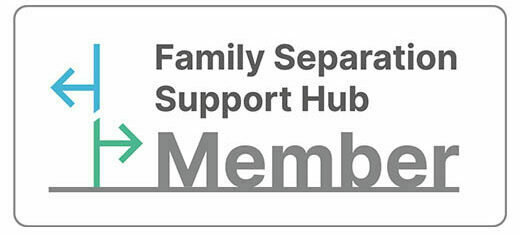Abuse can take many different forms, both physical and emotional. And no matter what type of abuse is being experienced, there’s only so much a person can take.
This is because of the body’s ‘fight or flight’ response. When faced with a situation in which a person feels threatened or unsafe, the body naturally wants to flee, or protect itself by fighting back. Following a prolonged period of constant and consistent abuse, many victims find that their fight or flight response kicks in.
Unfortunately, many abuse victims are unable to get away. Therefore, the inherent instinct is to fight back and react to the abuse. This can result in anything from screaming and shouting to hitting, punching, kicking, slamming, and more.
This is known as ‘reactive abuse’, and it’s something that abusers can use to manipulate their victims into believing that they are to blame for the situation.
How Does Reactive Abuse Work?
Reactive abuse is an in-the-moment reaction to mistreatment from another person. When a victim reacts, the abuser uses this reaction to impart further abuse in the form of blame-shifting. The abuser will transform into a victim themselves in an attempt to make the victim view the situation in a different way, and believe a different reality from the one that’s actually being lived. In this way, reactive abuse is often seen as a form of gaslighting, which is the emotional manipulation of a victim.
Why do Narcissists Use Reactive Abuse?
Ultimately, abusers tend to see reactive abuse as a ‘get out of jail free’ card. It acts as a form of justification for the behaviours that they exhibit towards another person. They know that they are abusive, but they use a person’s reactions as a valid reason for those behaviours. In many cases an abuser will exaggerate the extent of the victim’s reaction, minimising their own behaviours to make them appear victimised.
The real ‘value’ in reactive abuse for abusers comes in the fact that it can prevent many victims from coming forward, speaking up, and asking for help. Victims begin to believe that they are, in fact, to blame. This can make them scared to seek help, fearing authorities will believe the abuser, and create consequences for the victim. Over time, victims begin to feel more and more trapped in a relationship. They feel they cannot leave, and may start to form trauma bonds with their abuser.
How to Spot Reactive Abuse
If you are the victim of long term abuse, it can be very difficult to understand when a partner is using reactive abuse against you. However, there are some tell-tale signs which may indicate that your reactions to abuse are being used against you:
-
Not knowing yourself
Following a reaction, a victim may feel confused. They may feel like they have reacted in a way that is not at all like them, and they may feel as though they don’t know who they are any more. Acting in a way that just isn’t ‘you’ could be a sign you’re being pushed beyond your limits, forcing unusual self-defence behaviours.
-
Feeling pushed
Reactive abuse usually occurs after a prolonged period of aggravation. An abuser will continually ‘push buttons’ to anger or upset their victim, encouraging them to eventually react hastily because they can’t take it any longer. If you are always feeling like you’re being pushed, it could be a strategy to force a reaction.
-
Collecting evidence
Abusers wanting to use reactive abuse as ‘proof’ that they are the victim may try to collect evidence of a reaction, such as videoing or recording an outburst. Some abusers may also aggravate their victims around friends or in a public setting, hoping to build a pool of witnesses who can vouch for the reactive behaviours.
-
Victimisation
After a reaction, an abuser will almost always turn themselves into a victim. They will quickly transition from being dominant and powerful to acting in a submissive and weak way. This is a classic sign that the abuser has got what they wanted – the reaction – and is now attempting to rewrite the narrative to blame the victim.
Does reactive abuse make you an abuser?
No.
The term ‘reactive abuse’ is a very poor word to describe an act of self-defence. In many cases, a victim has little choice but to react. This reaction is not abuse, but a physiological survival mechanism employed to protect the victim from harm.
There is a form of abuse known as ‘mutual abuse’ in which both partners abuse each other. Reactive abuse is not the same, and it’s important to remember that someone reacting to abuse is not an abuser: they are a victim with no other choice.
A victim that is reacting will never display abuse behaviours first; these behaviours will only be exhibited following a physical, emotional, and psychological attack.
Seeking Support
If you are the victim of abuse, it can often be difficult to know where to turn to. However, if you think a partner is using reactive abuse as a way to prove to authorities that you are dangerous or abusive, it’s important to act quickly.
At National Legal Service, we’re here to offer expert advice, when you need it.










